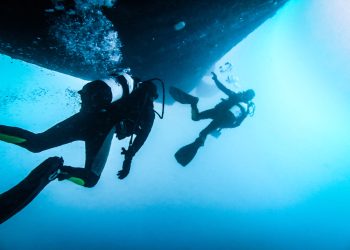The UK P&I Club issues updated Legal Briefing on BWM
Shipowners will soon be obliged to address new and expensive regulations to deal with ballast water. The Ballast Water Management Convention 2004 will require them to understand compliance standards, develop a ballast water management plan, select and install a treatment system and train personnel to operate the system. Their ships will be subject to surveys and inspection to maintain certification.
 The latest developments of the Ballast Water Convention are summarised in a Legal Briefing on environmental law, just issued by the UK P&I Club.
The latest developments of the Ballast Water Convention are summarised in a Legal Briefing on environmental law, just issued by the UK P&I Club.
There is strong support for the Ballast Water Management Convention, given the damage caused to the environment by invasive alien species, depletion of fish stocks and the high cost of controlling these effects. However, ballast water management systems must avoid harming ship, crew, environment and public health–and gain formal approval, in the UK from classification societies.
The cost of compliance to shipowners will be very high. A ballast water treatment system can cost from half a million to four million dollars. There will be ancillary costs, including developing a ballast water management plan, dry docking and installation.
There are two standards of compliance. The ballast water exchange standard (BWE) does not require the ship to install a treatment system but will be phased out by 2019. The ballast water performance standard (BWP) does require such a system.
Alternatives to the BWE and BWP methods must ensure at least the same level of protection to the environment, human health, property and resources.

























































